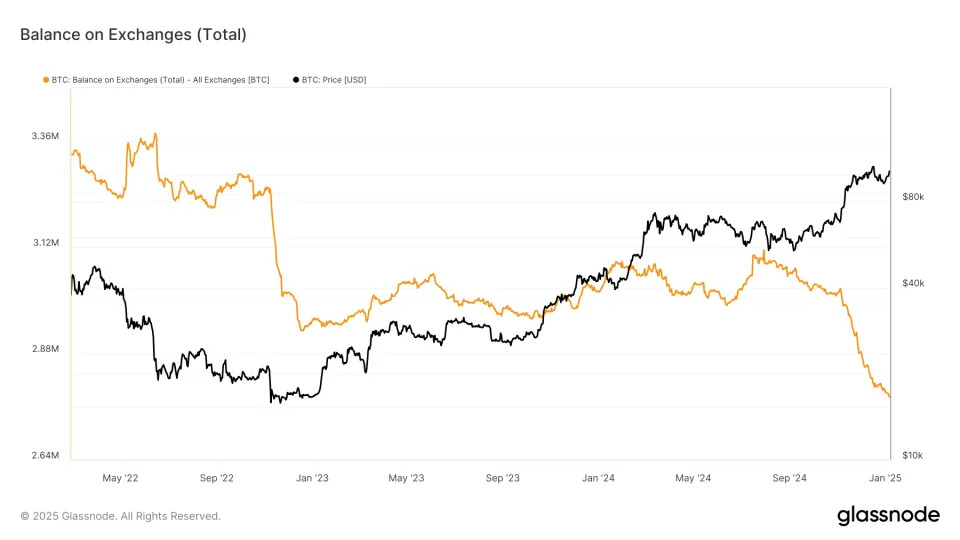The outcome of the November 5 election that saw Donald Trump take office as the U.S. President has had a significant impact on various markets, including cryptocurrencies like bitcoin (BTC). With its price surge by around 47% since then, it is clear that the asset has outperformed even the S&P 500’s modest advance of about 4%. This development has led to an interest in understanding the factors behind this divergence between the two.
Trump’s Friendly Stance on Bitcoin
One aspect worth considering is the president-elect’s stance towards bitcoin and cryptocurrencies. His administration’s views are expected to shape future policies that could either promote or hinder the growth of these digital assets. The potential for increased regulation, which can be seen as positive for stability but negative for price appreciation, remains a concern for investors.
Republican Sweep: A Potential Catalyst for Change
Another crucial factor is the Republican sweep in both the Senate and House of Representatives, where key legislation affecting crypto will be passed. This shift could lead to changes in laws that might influence the development of these assets.
Exclusive Interview with Andre Dragosch
To delve deeper into the factors behind bitcoin’s exceptional performance compared to traditional markets like stocks, we spoke exclusively with Andre Dragosch, Head of Research at Bitwise in Europe. He provided insights on several critical points affecting the divergence between bitcoin and stocks.
The Fed’s Hawkish Rate Cut: A Contributing Factor
Dragosch attributed the stock market’s performance to the Federal Reserve’s December decision on rate cuts. The revision to fewer rate cuts than initially anticipated was seen as hawkish, negatively impacting traditional markets. This stance contrasts with the view of bitcoin and crypto assets, which have shown resilience despite a rise in interest rates.
The Impact of the DXY Index
Moreover, Dragosch highlighted the effect of the DXY index, which measures the value of the U.S. dollar against a basket of major currencies, on risk assets like stocks. Its 5% increase has further pressured these markets. Typically, this would be expected to negatively affect bitcoin’s price. However, Dragosch explained that several factors have contributed to its relative resilience.
Ongoing Bitcoin Supply Deficit: A Supportive Factor
One such factor is the ongoing deficit of bitcoin supply on exchanges. This trend continues despite profit-taking episodes, as investors are choosing not to cash out their assets but instead holding onto them due to strong fundamentals and expectations for future growth.
Bitcoin’s Correlation with S&P 500
Although bitcoin and stocks have largely moved independently over time, there has been a recent increase in their correlation. TradingView data indicates that this correlation hit 0.88 (with 1 being absolute correlation) over the most recent 20-day moving average. This shift could pose risks for both assets, especially if macroeconomic conditions deteriorate.
Conclusion
While on-chain factors are expected to provide a boost at least until mid-2025, Dragosch concludes that the decline in macroeconomic indicators could present short-term challenges for bitcoin and its correlation with traditional markets. As investors continue to navigate this complex environment, understanding these dynamics is crucial for making informed decisions.
Future Outlook
It will be interesting to see how the relationship between bitcoin and stocks evolves over time. Will the current trend of increased correlation persist, or will the two assets diverge once again? The answer lies in understanding the underlying factors driving their performance and anticipating potential shifts in market sentiment and policy changes that might influence their prices.
References
- TradingView
- Federal Reserve
Note: This article is for informational purposes only. It should not be considered as investment advice or a recommendation to buy/sell any assets.
